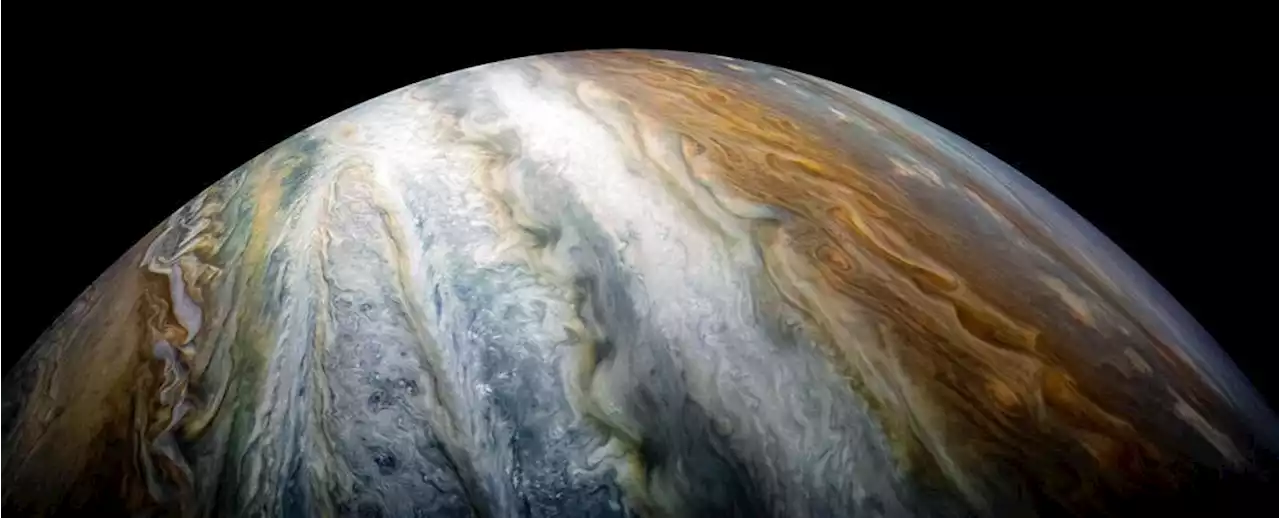Renewable and low-carbon hydrogen is crucial in curbing emissions, but it will only account for 5% of the global final energy mix by 2050, falling short what is needed to meet climate goals, global energy consultancy DNV said on Monday.
To meet the Paris Agreement to limit global warming to 1.5 degrees by 2050, hydrogen would need to reach 13%, according to its calculations, the Norway-based risk management expert said when presenting its first standalone hydrogen outlook paper.
An increased hydrogen uptake to meet net-zero targets would require stronger policy mandates, increased demand-side incentives and higher carbon prices, it added. But replacing fossil fuels with electricity is hard for sectors such as aviation, shipping, and high-heat industrial processes and "green hydrogen" made with renewable energy, or low-carbon one, can help them reduce their carbon footprint.
Australia Latest News, Australia Headlines
Similar News:You can also read news stories similar to this one that we have collected from other news sources.
 Report casts doubt on net-zero emissions pledges by big global companies'Major credibility gaps' were found among the world's largest companies, according to a new study on net-zero efforts in the public and private sector.
Report casts doubt on net-zero emissions pledges by big global companies'Major credibility gaps' were found among the world's largest companies, according to a new study on net-zero efforts in the public and private sector.
Read more »
 Earthquakes earn road point with second shutout of seasonSan Jose defender Paul Marie prevents a loss by making a last-ditch slide tackle to prevent an open net goal for Nashville.
Earthquakes earn road point with second shutout of seasonSan Jose defender Paul Marie prevents a loss by making a last-ditch slide tackle to prevent an open net goal for Nashville.
Read more »
A near-real-time global landslide incident reporting tool demonstrator using social media and artificial intelligence - ScienceDirect
Read more »
 World's nuclear arsenals on the rise as concerns grow over China and North KoreaThe world's biggest powers might have once pledged to work toward a world without nuclear weapons, but global stockpiles are expected to rise over the coming decade, according to a new report.
World's nuclear arsenals on the rise as concerns grow over China and North KoreaThe world's biggest powers might have once pledged to work toward a world without nuclear weapons, but global stockpiles are expected to rise over the coming decade, according to a new report.
Read more »
 New Study Suggests That a Young Jupiter Gobbled Up Plenty of PlanetesimalsJupiter is composed almost entirely of hydrogen and helium. The amounts of each closely conform to the theoretical quantities in the primordial solar nebula.
New Study Suggests That a Young Jupiter Gobbled Up Plenty of PlanetesimalsJupiter is composed almost entirely of hydrogen and helium. The amounts of each closely conform to the theoretical quantities in the primordial solar nebula.
Read more »
